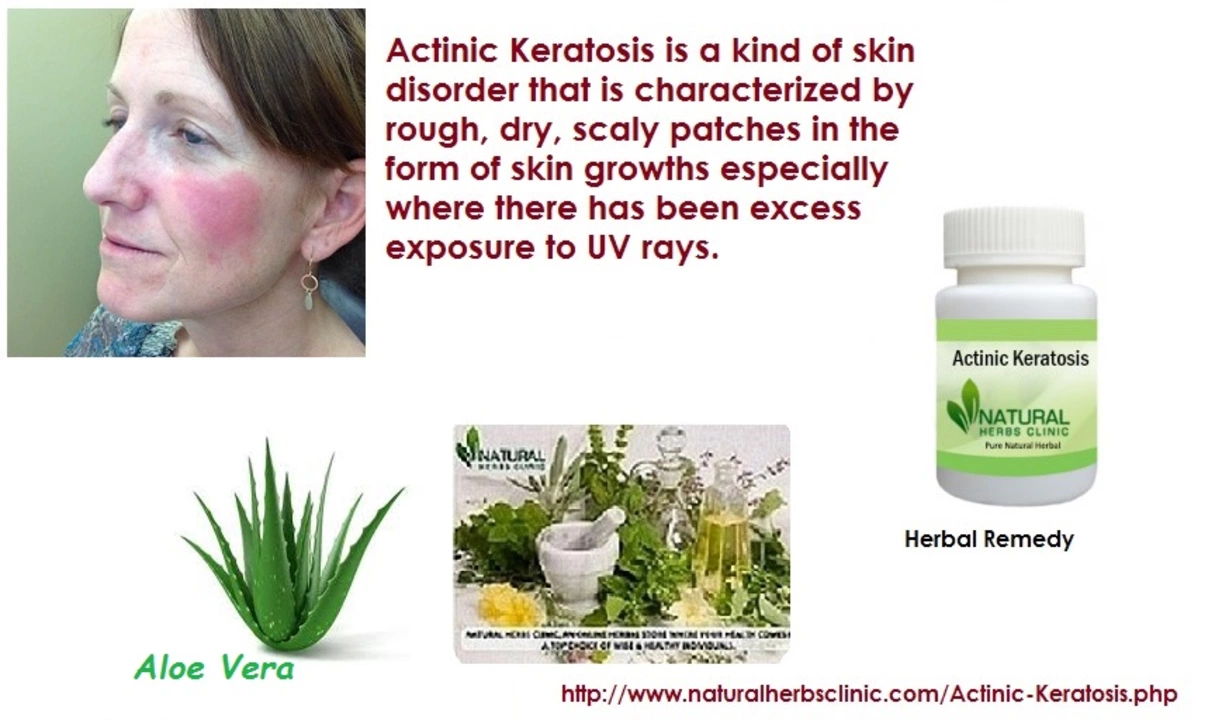Actinic Keratosis: What It Is, How to Spot It, and Quick Ways to Treat
If you’ve ever noticed a rough patch on your face, scalp, or hands that didn’t go away, you might be looking at actinic keratosis. It’s a common skin change caused by long‑term sun exposure. Most people call it “AK” and think of it as just a minor irritation, but left unchecked it can turn into squamous cell carcinoma.
How to Recognize Early Signs
AK lesions are usually small – about the size of a pencil eraser – and feel gritty or scaly. They can be pink, red, brown, or even flesh‑colored. The classic spot is on sun‑exposed skin: forehead, cheeks, ears, neck, forearms, and the backs of hands. If you see a bump that’s stubborn, crusty, or bleeds easily after a light scratch, it’s worth checking.
Don’t rely on pain to tell you something’s wrong; AKs are often painless. The key is visual – look for roughness where smooth skin should be. A quick self‑check each month helps you catch new spots early.
Easy Treatment & Prevention Tips
When a doctor confirms an AK, treatment options are usually fast and effective. Topical creams like 5% fluorouracil or imiquimod work by destroying abnormal cells over a few weeks. Cryotherapy – spraying liquid nitrogen on the spot – freezes it off in minutes. For larger areas, doctors may suggest photodynamic therapy, which uses a light‑activated gel to clear multiple lesions.
Most treatments are done in‑office and cost less than treating skin cancer later. If you have several AKs, your doctor might combine methods for the best result.
Prevention is just as important as treatment. Wear a broad‑spectrum sunscreen with at least SPF 30 every day, even when it’s cloudy. Reapply after swimming or sweating. Hats, sunglasses, and long sleeves add extra armor against UV rays.
Avoid tanning beds – they deliver the same damage in minutes that the sun does over hours. If you work outdoors, take regular shade breaks and use protective clothing with UPF ratings.
Lastly, keep an eye on your skin’s health by scheduling a dermatologist visit once a year, or sooner if you notice new rough patches. Early removal of AKs keeps them from progressing and gives you peace of mind.

As a blogger, I recently explored the role of genetics in actinic keratosis and discovered some fascinating insights. It turns out that our genes play a significant part in determining our susceptibility to this skin condition, which is primarily caused by sun exposure. Some genetic mutations can increase the likelihood of developing actinic keratosis, making sun protection even more critical for those individuals. Understanding our genetic predisposition can help us take appropriate preventive measures and seek early treatment if necessary. It's essential to be aware of our genetic risks so we can make informed decisions about our skin health and overall well-being.
Read More